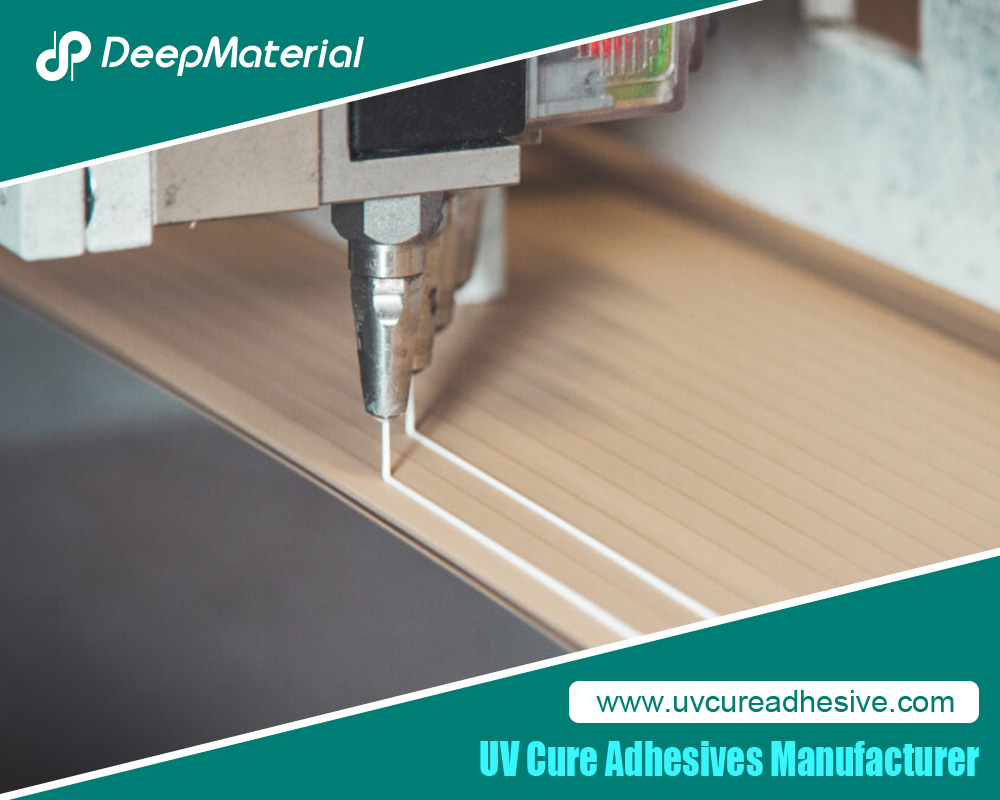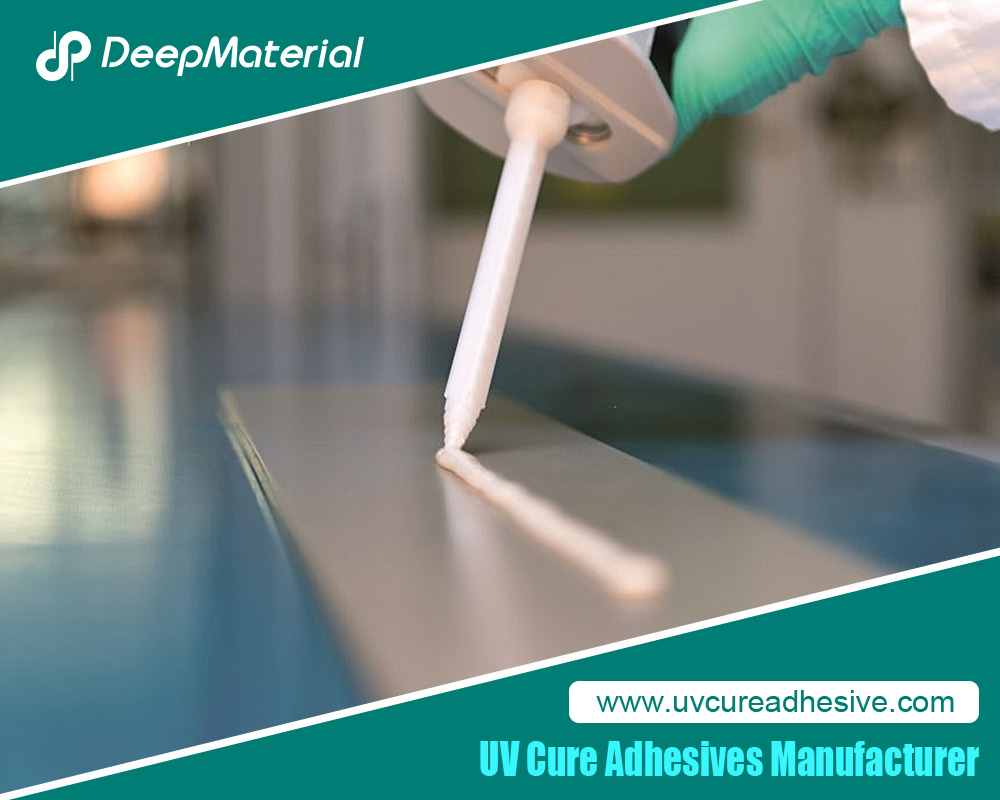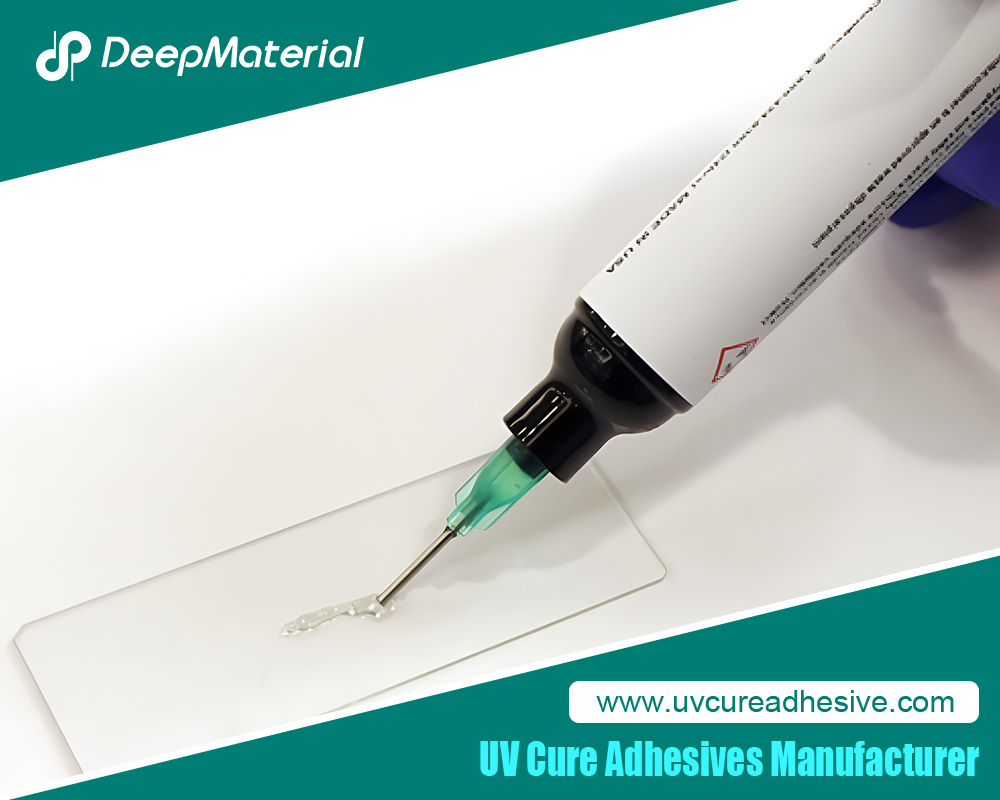How can UV Cure Acrylic Adhesive Prevent the “Interface Moisture Regain” Phenomenon after Curing in a High-Humidity Environment?
In industries ranging from electronics to automotive and medical devices, adhesives play a critical role in ensuring the durability and performance of bonded assemblies. Among these, UV cure acrylic adhesives have emerged as a preferred choice due to their rapid curing, strong bonding capabilities, and optical clarity. However, one persistent challenge in adhesive applications is the “interface moisture regain” phenomenon, particularly in high-humidity environments. This phenomenon refers to the reabsorption or ingress of moisture at the adhesive-substrate interface after the adhesive has cured, leading to weakened bonds, delamination, or even complete failure over time.
Interface moisture regain occurs when water molecules penetrate the boundary between the adhesive and the substrate, often through diffusion paths created by incomplete curing, material incompatibilities, or environmental exposure. In high-humidity settings—such as tropical climates, marine applications, or humid manufacturing facilities—this can accelerate degradation via mechanisms like hydrolysis, plasticization, or corrosion at the interface. The consequences are severe: reduced mechanical strength, altered electrical properties, and compromised structural integrity.
UV cure acrylic adhesives, formulated from acrylate monomers and photoinitiators, offer unique advantages in mitigating this issue. These adhesives polymerize rapidly under ultraviolet light, forming a densely crosslinked network that acts as a barrier against moisture. This article explores how UV cure acrylic adhesives prevent interface moisture regain post-curing in high-humidity environments. We will examine the underlying chemistry, key preventive mechanisms, specialized formulations, real-world applications, comparative analyses, best practices, and potential limitations. By understanding these aspects, engineers and manufacturers can leverage these adhesives to enhance product longevity and reliability in challenging conditions.
The importance of addressing interface moisture regain cannot be overstated. In electronics, for instance, moisture at interfaces can lead to short circuits or sensor failures. In automotive optics, it might cause fogging or bond weakening in headlamps. As global industries push for more resilient materials amid climate variability, UV cure acrylics stand out for their ability to maintain bond integrity without compromising on speed or ease of use.
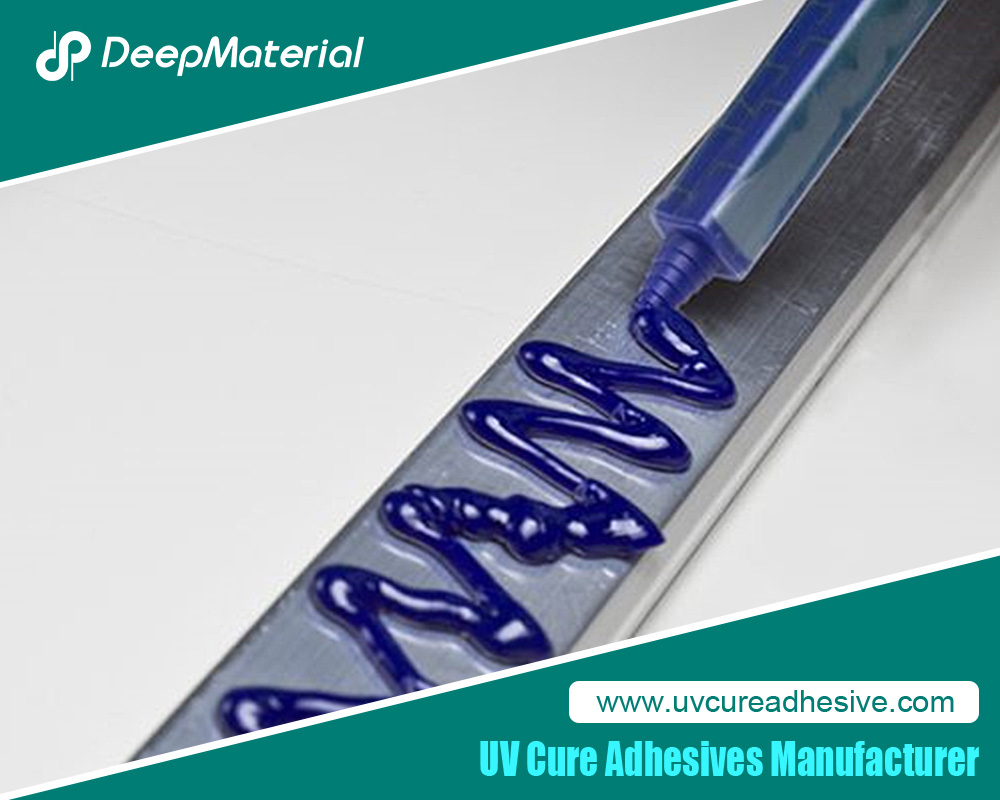
Understanding the “Interface Moisture Regain” Phenomenon
To appreciate how UV cure acrylic adhesives combat interface moisture regain, it is essential first to define and understand the phenomenon. Interface moisture regain, sometimes referred to in literature as moisture ingress or absorption at the adhesive-substrate boundary, involves the post-cure accumulation of water molecules at the interface. This is distinct from bulk moisture absorption in the adhesive itself, as it specifically targets the vulnerable junction where adhesive meets substrate.
In high-humidity environments (typically above 70% relative humidity, RH), moisture can diffuse through the adhesive matrix or along the interface via capillary action or osmotic pressure. Factors exacerbating this include substrate porosity (e.g., metals or composites), adhesive hydrophilicity, and environmental stressors like temperature fluctuations. Once moisture regains entry, it can trigger several degradation modes:
- Hydrolysis: Water reacts with polymer chains, breaking bonds and reducing cohesive strength.
- Plasticization: Moisture softens the adhesive, lowering its glass transition temperature and mechanical properties.
- Interfacial Weakening: Corrosion or swelling at the substrate surface disrupts adhesion, leading to delamination.
- Osmotic Blistering: Pressure buildup from moisture creates voids or blisters at the interface.
Studies have shown that moisture diffusion in adhesive joints is faster than in bulk materials due to additional paths at the interface. For example, in epoxy-based systems, a critical humidity threshold marks the onset of adhesion loss, associated with sudden water uptake. In practical terms, this phenomenon has been observed in bonded structures exposed to humid conditions, where gravimetric experiments reveal accelerated ingress.
High-humidity environments amplify these effects because elevated RH increases the partial pressure of water vapor, driving diffusion. Combined with heat, this can lead to hydrolysis in certain formulations, decreasing bond strength over time. The phenomenon is particularly problematic in applications like outdoor electronics or marine coatings, where constant exposure leads to cumulative damage. Preventing it requires adhesives that not only cure effectively but also form impermeable, resilient interfaces.
Chemistry of UV Cure Acrylic Adhesives
UV cure acrylic adhesives are based on acrylate oligomers, monomers, and photoinitiators that undergo free-radical polymerization when exposed to UV light (typically 320-400 nm). The process is rapid—often seconds—resulting in a crosslinked polymer network. Unlike thermal or moisture-cure systems, UV curing minimizes solvent use and heat input, reducing initial stress at interfaces.
The key to their moisture resistance lies in the chemistry post-cure. Acrylates form hydrophobic networks with low water absorption rates, typically less than 1-2%. Photoinitiators ensure complete initiation, leading to high conversion rates and dense crosslinking. This density impedes moisture diffusion by limiting free volume in the polymer matrix.
In high-humidity, uncured adhesives are largely unaffected up to 70% RH, but condensation above this can barrier adhesion. Post-cure, the crosslinked structure resists hydrolysis, especially in non-urethane formulations. Additives like silane coupling agents enhance interfacial bonding, creating chemical bridges that seal against moisture.
Compared to epoxies, which may exhibit higher moisture sensitivity due to polar groups, acrylics offer better inherent resistance. Hybrid systems incorporate epoxy functionalities for added toughness without compromising UV speed.
Mechanisms by Which UV Cure Acrylic Adhesives Prevent Interface Moisture Regain
UV cure acrylic adhesives prevent interface moisture regain through several interconnected mechanisms, making them suitable for high-humidity applications.
- Dense Crosslinking Network: The rapid UV-induced polymerization creates a tightly crosslinked matrix with minimal voids. This reduces permeability to water vapor, as diffusion paths are obstructed. In dual-cure systems (UV plus moisture or heat), shadowed areas achieve full cure via secondary mechanisms, ensuring uniform crosslinking and preventing weak spots where moisture could ingress.
- Low Water Permeability and Absorption: Formulations are engineered for low moisture uptake, often incorporating hydrophobic monomers. For instance, nanoparticle-enhanced composites achieve permeability as low as 4.6 g m⁻²h⁻¹, forming a barrier that minimizes regain at interfaces.
This is crucial in high-RH, where external moisture pressure is high.
- Enhanced Interfacial Adhesion: Silane or methacrylate groups promote covalent bonding to substrates, sealing the interface against capillary ingress. High adhesion strength (up to 17.4 Kgf cm⁻²) resists delamination under humid stress.
- Resistance to Hydrolysis and Plasticization: Acrylic backbones are less prone to water-induced degradation than urethanes. In prolonged high-humidity/high-temperature exposure, selecting low-absorption variants prevents strength loss.
- Barrier Properties via Additives: Inorganic nanoparticles (e.g., silica, alumina) create tortuous paths for moisture, extending diffusion time. Organic-inorganic hybrids enhance compatibility, reducing interfacial gaps.
These mechanisms collectively ensure that, even in 90% RH environments, the interface remains dry and intact, preserving bond integrity.
Specialized Formulations and Innovations
Advancements in UV cure acrylic adhesive formulations have further bolstered their efficacy against interface moisture regain. Dual-cure hybrids combine UV with heat or moisture curing, addressing shadow areas in complex assemblies. For example, epoxy-acrylate composites with reactive nanoparticles achieve high curing ratios (98% UV, 87% heat), low permeability, and superior water resistance.
Low-ion content variants prevent osmotic effects, while silicone-modified acrylics add flexibility without increasing hydrophilicity. In construction, UV-cured acrylics maintain anchorage in extreme humidity, extending service life. Innovations like high-refractive-index glues for optics ensure clarity while resisting moisture.
Real-World Applications
In electronics, UV acrylics bond displays in humid climates, preventing fogging via low-permeability bonds. Automotive applications include sealing sensors against road spray. Medical devices use biocompatible variants for endoscopes, resisting sterilization humidity.
In marine environments, they protect coatings from saltwater ingress. Construction tapes employ them for building envelopes, withstanding tropical RH.
Comparison with Other Adhesives
Epoxies suffer from higher moisture sensitivity and slower cure, leading to greater regain risks. Silicones offer flexibility but higher permeability. Cyanoacrylates are fast but brittle in humidity. UV acrylics excel in speed, resistance, and versatility.
Best Practices for Implementation
To maximize prevention:
- Surface Preparation: Clean substrates to remove contaminants that facilitate ingress.
- Cure Optimization: Ensure full UV exposure; use hybrids for shadows.
- Testing: Conduct accelerated humidity tests (e.g., 85% RH/85°C).
- Design: Minimize exposed edges to limit moisture access.
- Formulation Selection: Choose low-absorption types for specific RH levels.
Limitations and Future Directions
Limitations include sensitivity in uncured state above 70% RH and potential hydrolysis in urethanes. Depth cure is limited to thin layers. Future innovations may involve smart additives for self-healing interfaces.
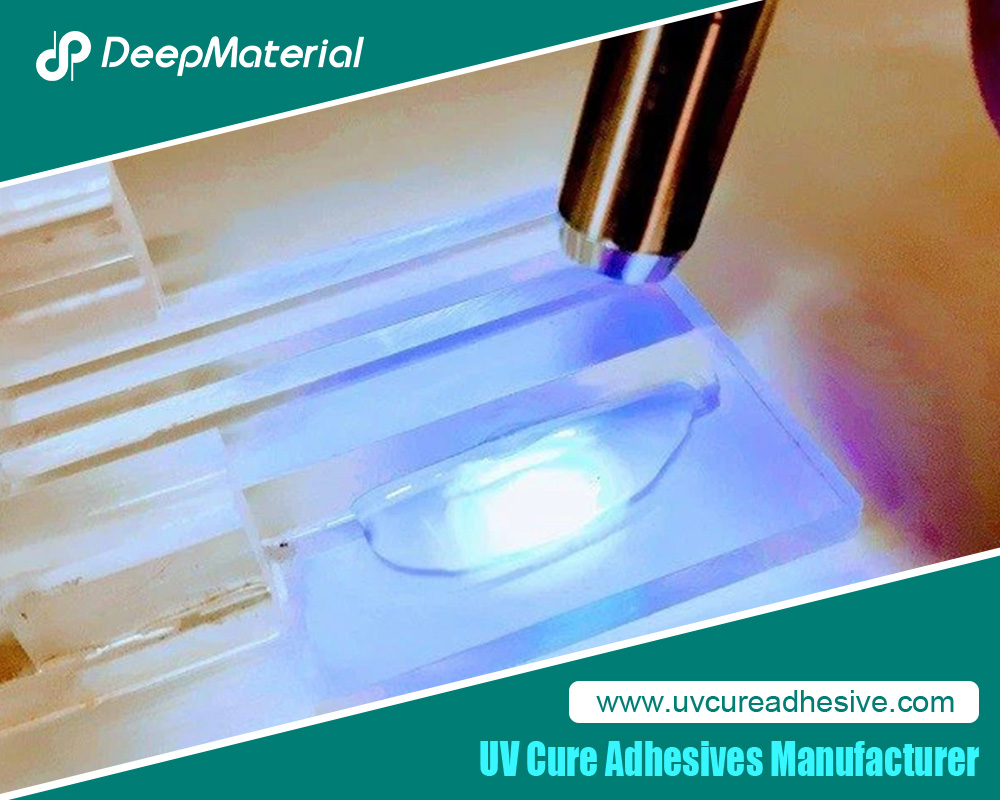
Conclusion
UV cure acrylic adhesives effectively prevent interface moisture regain in high-humidity environments through dense crosslinking, low permeability, and strong interfacial bonds. Their rapid cure and versatility make them indispensable for durable applications. As research advances, these adhesives will continue to evolve, offering even greater protection against environmental challenges.
For more about how can UV cure acrylic adhesive prevent the “interface moisture regain” phenomenon after curing in a high-humidity environment?, you can pay a visit to DeepMaterial at https://www.uvcureadhesive.com/ for more info.

